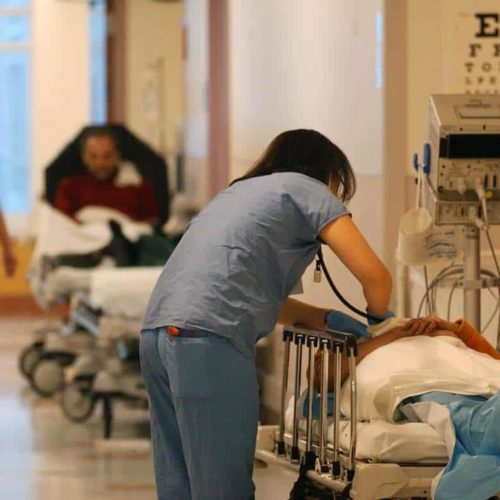Introduction
Over the past decade, emergency room visits have increased by 11 percent. In 2007, there were approximately 117 million visits to emergency rooms and the number could rise even higher as more people obtain health coverage under the health care reform law, the Government Accountability Office warns.
A portion of these visits, about 8 percent, are for non-urgent conditions, which could be treated in more cost-effective settings like health centers. The average price of a non-emergency visit to the emergency department is seven times higher than similar treatment at a health center, according to national survey data.
On average, seeking any kind of care at health centers is less costly: the average annual expenditure for receiving care at a health center is $3,500, compared to $4,594 for receiving care elsewhere.
Health centers participating in the Department of Health and Human Service’s Health Center Program are private, nonprofit organizations or occasionally public health clinics. Health centers provide a variety of primary care services, including emergency care, regardless of a patient’s ability to pay. A distinguishing factor from hospital ERs is that health centers are required to provide services like case management, translation and transportation, addressing the needs of low-income patients more directly.
“Lack of awareness of other sources of care, lack of access to primary care and other providers, and financial barriers can contribute to emergency department use, including use for non-urgent conditions,” the GAO said.
Currently, over 1,100 health center grantees operate more than 7,900 sites, serving nearly 19 million Americans.
The Affordable Care Act will provide $11 billion over five years to expand the health care center network, potentially doubling capacity to 40 million patients by 2015.
Health centers have adopted a variety of strategies to help reduce emergency department visits. Some have partnered with hospitals to educate patients on the appropriate use of the emergency department and types of services offered at health centers. Health centers may reduce ER visits by encouraging patients to seek care at the center first, reducing or preventing other emergencies, and typically offer more flexible hours on evening and weekends.
Even with increased funding, health center face a variety of challenges. Some services, like those of case managers, are not reimbursed by insurers. Recruiting adequate providers to these centers, especially in rural areas, can be difficult. Finally, changing the behavior of patients who frequent the emergency department requires multiple strategies, like communicating with patients and improved coordination with local hospitals.
According to the Congressional Budget Office, an additional 32 million people are projected to obtain health insurance coverage by 2019. CBO estimated that gaining insurance increases an individual’s demand for health care services by about 40 percent.
FAST FACT: The majority of patients who receive care at health centers are at or below the poverty level and about 38 percent are uninsured. Additionally, 25 percent spoke a language other than English, which presents a barrier. In 2009, half of all HHS-funded health centers were in rural areas.
Read more in Health
Health
Excluded groups want in on health information technology funding
Behavioral health providers, rural health clinics among those seeking access to $27 billion pot of stimulus money



Join the conversation
Show Comments